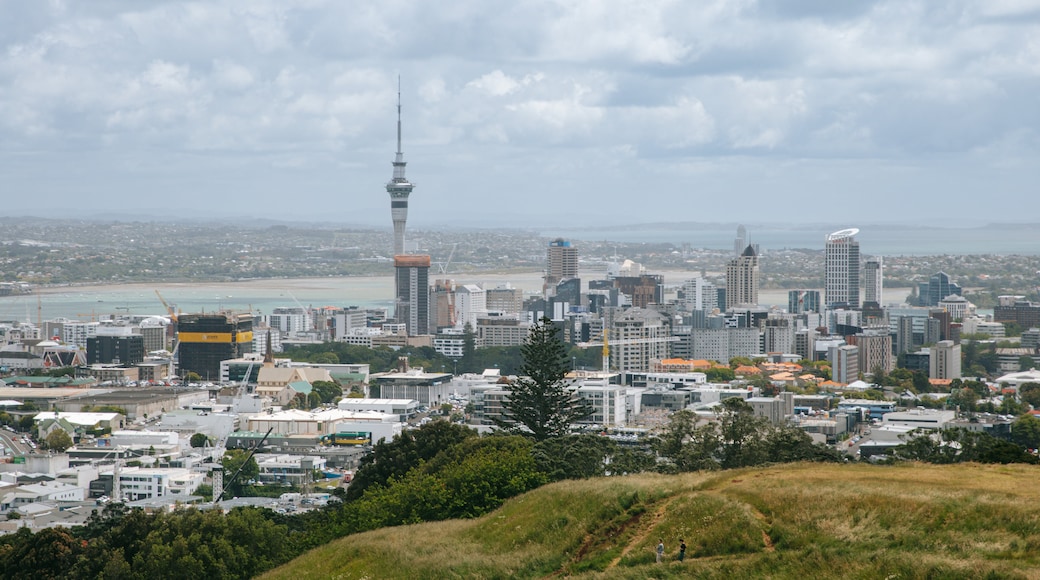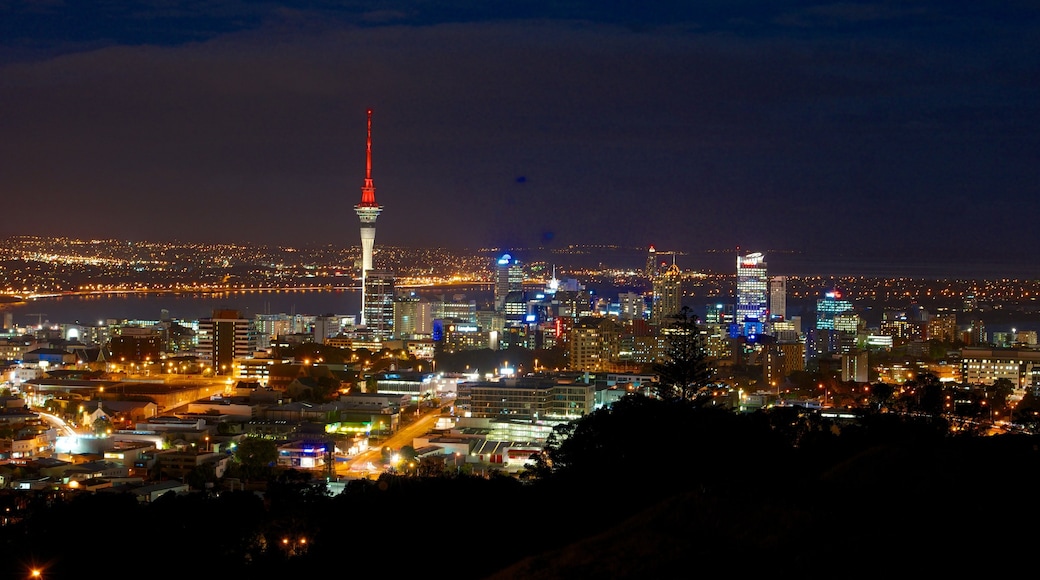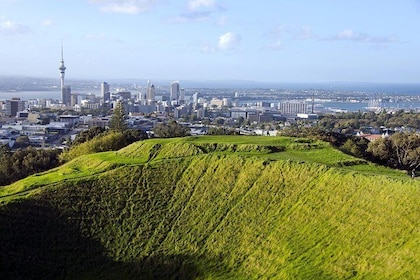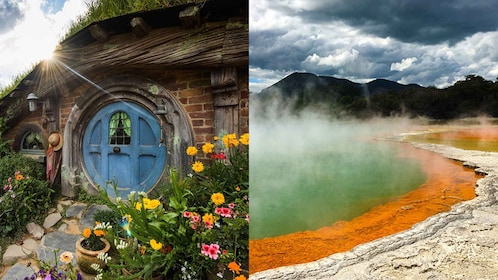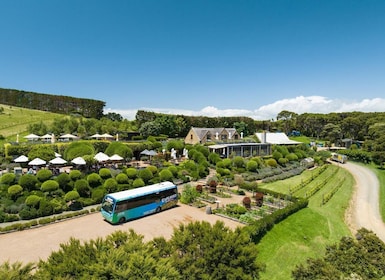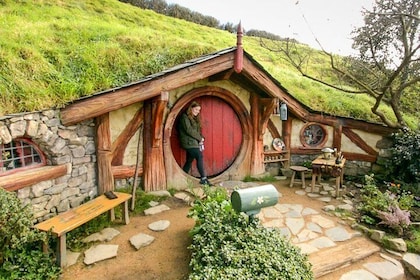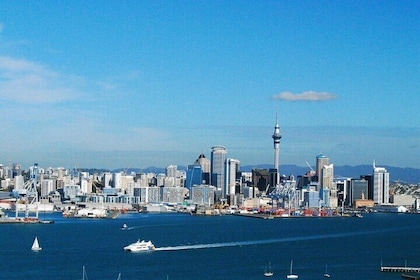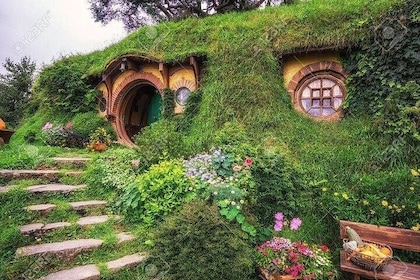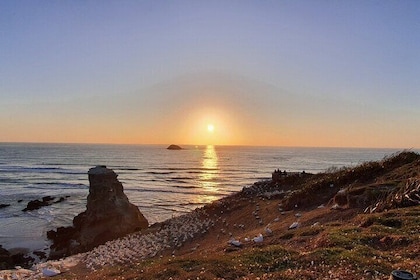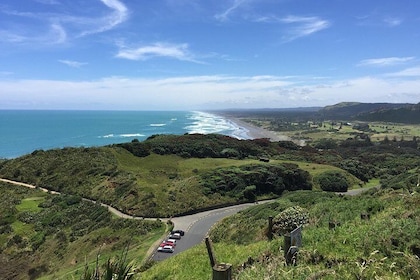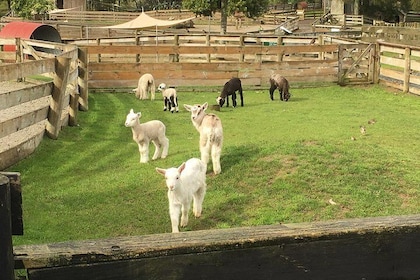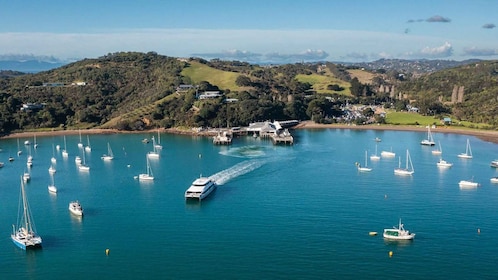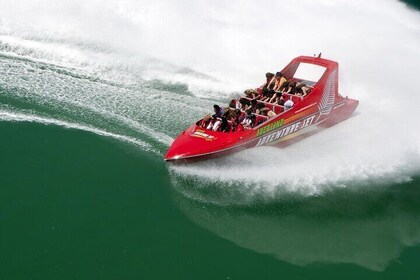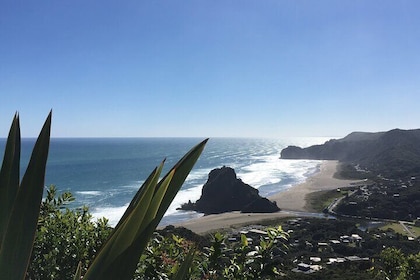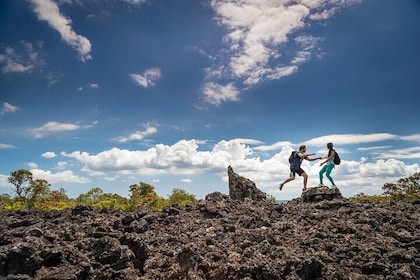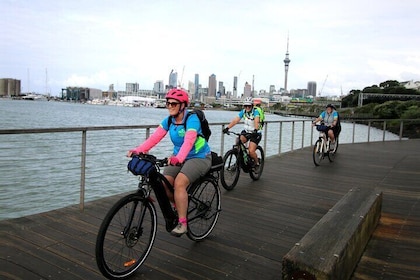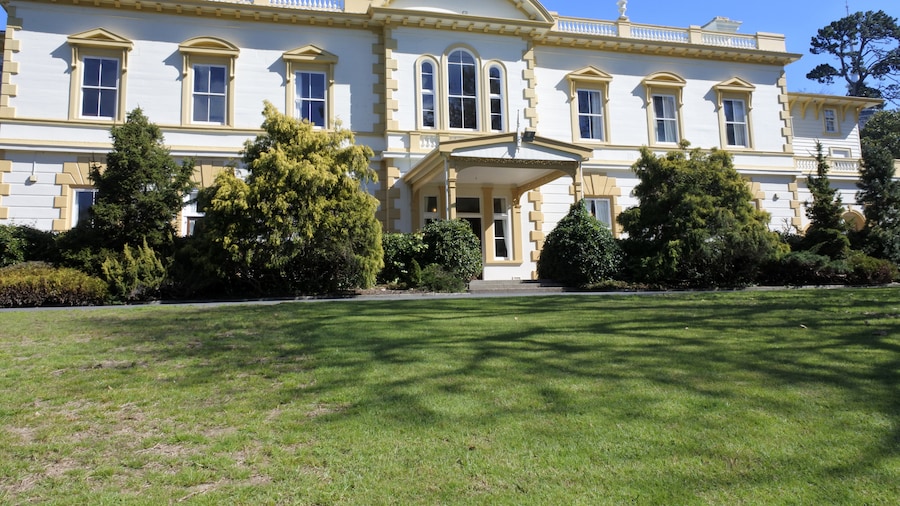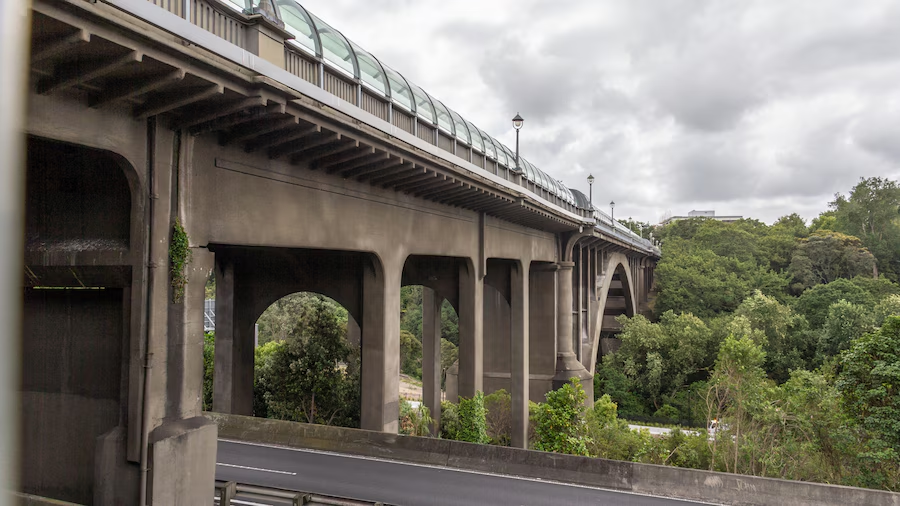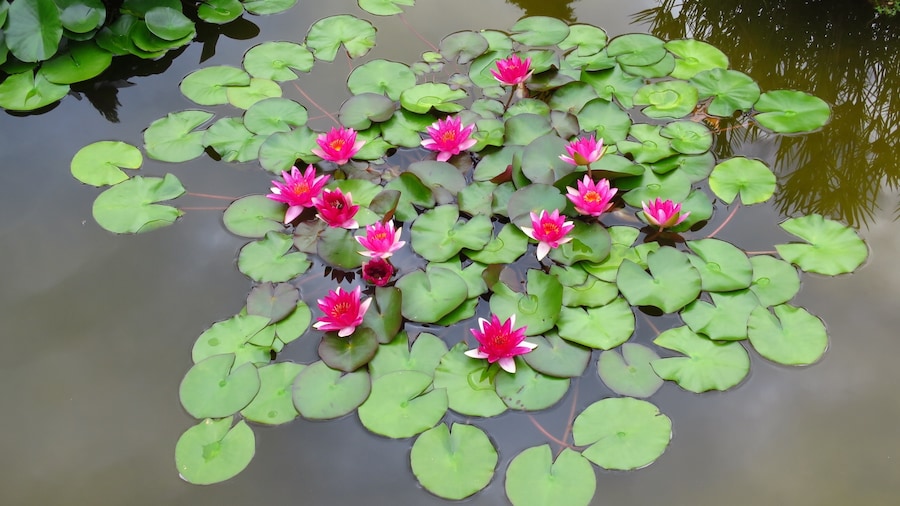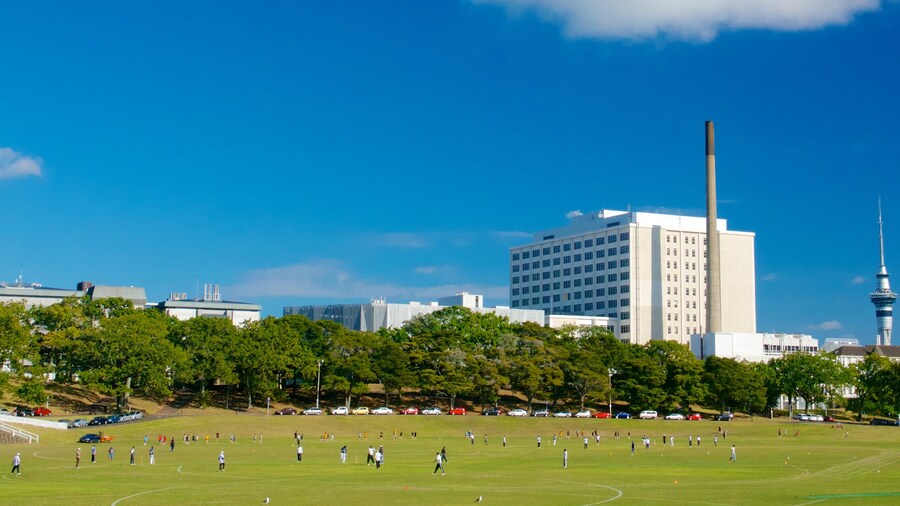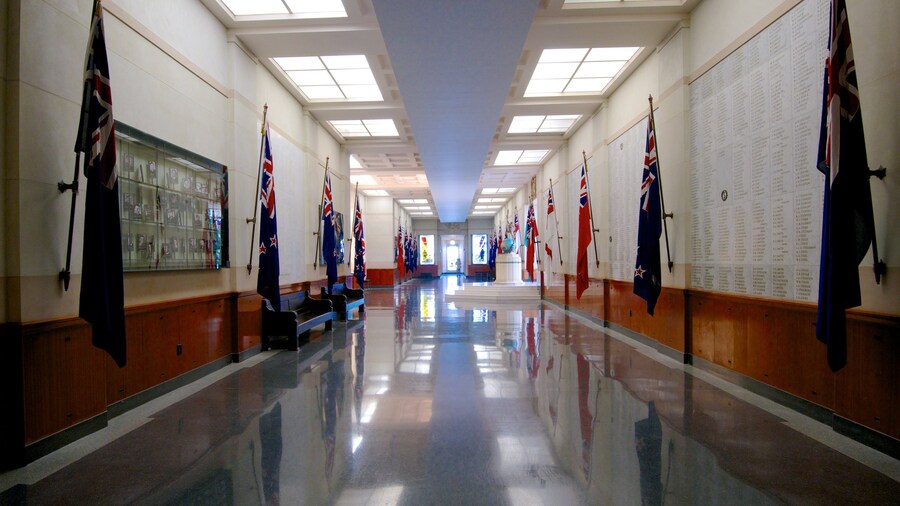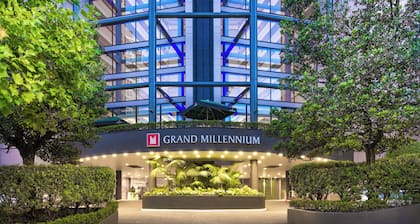Mount Eden is rich with pre- and post-colonial history. The suburb lies on the side of an extinct volcano, and the area was important to both the Maori people and British settlers. It was once used as a “pa,” a Maori defensive citadel. Terraced steps that were cut into the side of the volcano are visible today, and Maori rituals are still performed on this important cultural site.
Mount Eden is Auckland’s tallest volcano, at about 640 feet (196 meters) above sea level. The 164-foot (50-meter) deep crater at the top can be accessed by walking trails, car and shuttle bus from the Mount Eden kiosk. Enjoy the views of Auckland and the surrounding landscape from the mountain top.
European settlers began to move into the area in about 1840, using the land for small farms. Churches, houses, shops and schools, many of which still exist in the Mount Eden Village, were built in the early 20th century. The village is a creative hub where many artists, writers and photographers work and live. Visit one of the galleries and stop for a coffee in bohemian-style cafés and restaurants.
Explore the area on foot to discover charming streets and heritage-listed buildings. History buffs will love Mount Eden’s English-style prison, which was built in stages between the late 19th and early 20th centuries. Prisoners hauled stones from the nearby quarry for the prison’s wall. Architecturally, the prison resembles England’s famous Dartmoor Prison.
Wander through Eden Garden for a colorful display of native New Zealand plants and flowers spread out over 5.5 acres (2.2 hectares). Volcanic rocks here are not only decorative, but also serve as solar heaters for tropical plants.
Regular buses run to Mount Eden from central Auckland. There are private garages and metered street parking for those who come by car.

